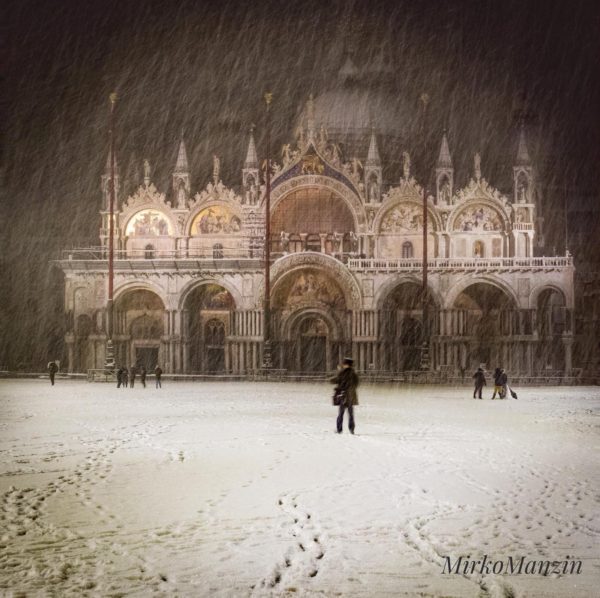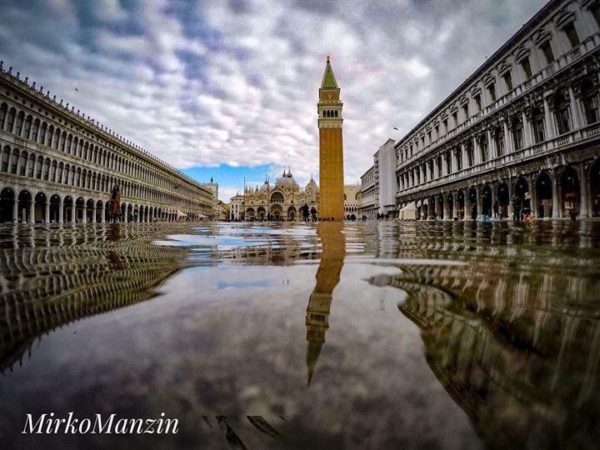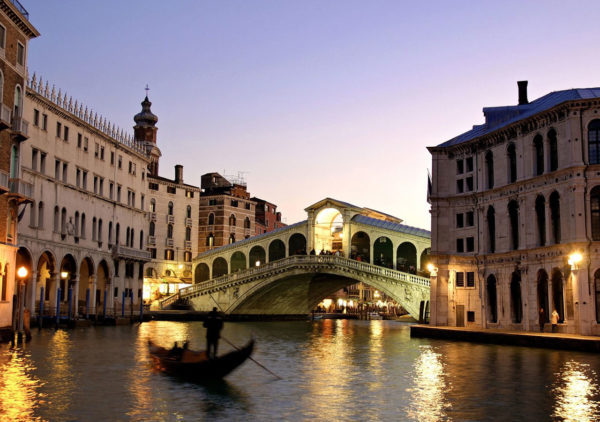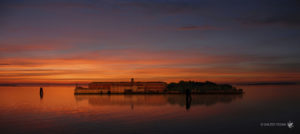Venice has always attracted people who were looking for something different. From the first settlers who sought security from invading tribes, the fortune seekers who wanted to make money on the inhabitants of the wealthiest city of the Middle Ages, to the aristocracy of Europe in the 19th century who came to relax and marvel at the art and culture in the city.
Venice offers all you could wish for in a trip: history, culture, beachlife and good cuisine. Everything can be found in Venice if you want to look further than the Piazza San Marco and the Rialto Bridge. Of course these are the highlights of a visit to Venice, but the city has a rich history that you can not ignore.
In addition to the beautiful Byzantine-inspired architecture there is of course the water, the city of roughly 7.5 km contains no fewer than 150 canals, 100 squares and 400 bridges. The first inhabitants were farmers and fishermen from northern Italy who sought a safe haven for the invading barbarians. Just above the surface of the water they found small islands of silt and washed up tree trunks. The first inhabitants were farmers and fishermen, so they where apt seafarers. This and the direct connection with the Adriatic from the Lagoon has determined the history of Venice.
This history is marked by independence and self rule, trade, raids, and ultimately decay. But Venice has the agility of a galleon and managed to reposition itself over and over again. This independent attitude came to an end in 1797 when the city was occupied by Napoleon. But this did not mean that the quirky and independent attitude of the city and its inhabitants came to an end.
You can not explore Venice from the pages of a book or photos from a website. You can only experience the true Venice from the water, overlooking the grandeur of the Grand Canal, enjoying the smells of the markets and the relaxation of an Aperol on the terrace overlooking the sunset.
Do not delay any longer and come enjoy La Serenissima!



